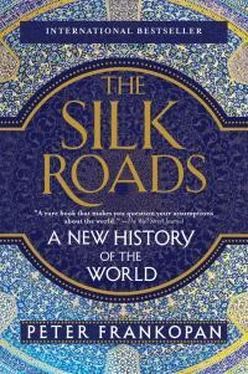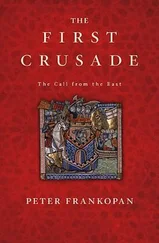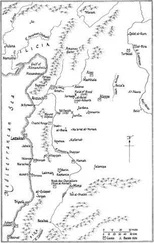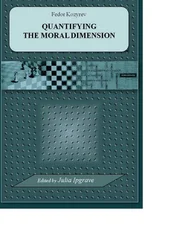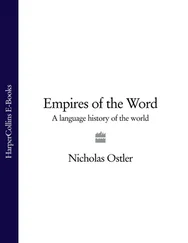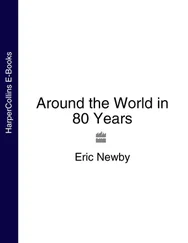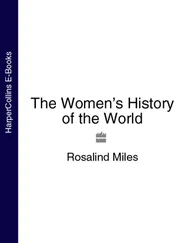The conquest of Gaul (broadly the area of modern France, the Low Countries and part of western Germany) in 52 BC brought substantial spoils, enough to cause a correction in the price of gold in the Roman Empire.53 But there were only so many other places to take on in Europe—and few of them looked promising. What made empires great were large numbers of cities, producing taxable revenues; what made them culturally spectacular were artisans and craftsmen who developed new ideas when wealthy patrons competed with each other for their services and rewarded them for their skills. It was unlikely that places like Britain would provide lucrative additions to Rome’s territories: as slate letters sent home by soldiers stationed in Britain attest, this province was a byword for grim and fruitless isolation.54
But Rome’s transition into an empire had little to do with Europe or with establishing control across a continent that was poorly supplied with the kind of resources and cities that were honeypots of consumers and taxpayers. What propelled Rome into a new era was its reorientation towards the Eastern Mediterranean and beyond. Rome’s success and its glory stemmed from its seizure of Egypt in the first instance, and then from setting its anchor in the east—in Asia.
Ruled for nearly 300 years by descendants of Ptolemy, one of Alexander the Great’s bodyguards, Egypt had built fabulous wealth based on the Nile, whose floodwaters produced prodigious harvests of grain. These were not only sufficient to support the local population, but provided a handsome surplus that enabled Alexandria, at the mouth of the river, to develop into the largest city in the world according to one contemporary author, who estimated the population in the first century BC to number around 300,000.55 Grain shipments were carefully monitored, with captains having to take a royal oath each time they filled their barges, at which point they would be issued with a receipt by a representative of the royal scribe. Only then would grain be released for loading.56
Rome had long cast a greedy eye over Egypt. It seized its chance when Queen Cleopatra became embroiled in a messy struggle for political mastery after the assassination of Julius Caesar. After fatefully throwing in her lot with Mark Antony at the battle of Actium in 30 BC, the Egyptian ruler was soon faced with a Roman army led by Octavius, a master of political cunning, bearing down on Alexandria. Following a series of defensive decisions that combined profound negligence with gross incompetence, Cleopatra committed suicide, either as the result of a poisonous snakebite or perhaps by a self-administered toxin. Egypt fell like a ripe fruit.57 Octavius had left Rome as a general; he returned as its supreme ruler, with a new title shortly to be bestowed by a grateful Senate: Augustus. Rome had become an empire.
The capture of Egypt transformed Rome’s fortunes. Now that it controlled the vast harvests of the Nile valley, the price of grain tumbled, providing a major boost to household spending power. Interest rates plummeted, falling from around 12 to 4 per cent; this in turn quickly fuelled the familiar boom that accompanies a flood of cheap capital: a surge in property prices.58 Disposable income increased so sharply that Augustus was able to raise the financial threshold for qualification for membership of the Senate by 40 per cent.59 As Augustus himself was fond of boasting, he found Rome a city built in brick, but left it in marble.60
This surging wealth was the result of Rome’s ruthless expropriation of Egypt’s tax revenues and of its enormous resources. Teams of tax inspectors fanned out across Egypt to impose a new poll tax, payable by all men aged between sixteen and sixty. Exemptions were granted only in a few special cases—for example to priests, who were able to avoid having to pay, but only after their names had been recorded carefully in temple registries.61 This was part of a system that one scholar has termed “ancient apartheid”; its aim was to maximise the flow of money back to Rome.62
The process of appropriating revenues was repeated elsewhere as the tentacles of Roman economic and military expansion extended further. Not long after the annexation of Egypt, assessors were sent to Judaea to conduct a census, once again so as to ensure that taxes could be calculated accurately. Assuming the same model was used as had been employed in Egypt, which required all births and deaths to be recorded as well as the names of all adult males, the arrival in the world of Jesus Christ would have been registered by an official whose interest lay less in who the infant and his parents were, and more in what the birth represented by way of additional manpower and a future taxpayer for the empire.63
Rome’s eyes were opened by the world it encountered in the east. Asia had already acquired a reputation for lazy luxury and fine living. It was indescribably wealthy, wrote Cicero, its harvests the stuff of legend, the variety of its produce incredible, and the size of its herds and flocks simply amazing. Its exports were colossal.64 Such was Asia’s wealth that Romans opined that its inhabitants could afford to dedicate themselves to idle pleasure. Little wonder that it was in the east that Roman soldiers came of age, wrote the poet Sallust: this was where Roman soldiers learnt how to make love, to be drunk, to enjoy statues, pictures and art. This was hardly a good thing, at least as far as Sallust was concerned. Asia may have been “voluptuous and indulging,” but “its pleasures soon softened the warlike spirits of the soldiers.”65 Presented in this way, the east was the antithesis of everything that stern, martial Rome stood for.
Augustus himself made a concerted effort to understand what lay beyond the new frontiers in the east. Expeditionary forces were dispatched to the kingdom of Axum in modern Ethiopia and to the Sabbaean kingdom of Yemen, while the Gulf of Aqaba was being explored even as Roman rule in Egypt was still being cemented.66 Then, in 1 BC, Augustus ordered a detailed survey to be conducted of both sides of the Persian Gulf to report on trade in this region and to record how the sea lanes linked with the Red Sea. He also oversaw the investigation of the land routes heading deep into Central Asia through Persia. A text known as the Stathmoi Parthikoi (“Parthian Stations”) was produced around this time; it recorded distances between key points in the east, and carefully set out the most important locations from the Euphrates up to Alexandropolis, modern Kandahar in Afghanistan, in the east.67
The horizons of traders expanded substantially. According to the historian Strabo, within a few years of the occupation of Egypt, 120 Roman boats were sailing for India each year from the port of Myos Hormos on the Red Sea. Commercial exchange with India did not open up so much as explode—as is clear from an extraordinarily rich archaeological record from the subcontinent. Roman amphorae, lamps, mirrors and statues of gods have been recovered from a wide range of sites, including Pattanam, Kolhapur and Coimbatore.68 So abundant are the coin finds dating to the reign of Augustus and his successors from the west coast of India and the Laccadive islands that some historians have argued that local rulers in the east used Roman gold and silver coins for their own currency, or melted these metals down to reuse them.69
Tamil literature from the period tells a similar story, recording the arrival of Roman traders with excitement. One poem talks of “cool and fragrant wine” being brought in “good ships” by the Romans, while another is rhapsodic: “The beautiful large ships…come, bringing gold, splashing the white foam on the waters of the Periyar [river], and then return laden with pepper. Here the music of the surging sea never ceases, and the great king presents to visitors the rare products of sea and mountain.”70 Another source provides a lyrical account of the European traders who settled in India: “The sun shone over the open terraces, over the warehouses near the harbour and over the turrets with windows like eyes of deer. In different places…the onlooker’s attention was caught by the sight of the abodes of [the westerners], whose prosperity never waned.”71 The Stathmoi Parthikoi reveals what goods the Romans wanted from western India, noting where merchants could acquire valuable minerals, such as tin, copper and lead, as well as topaz, and where ivory, precious gemstones and spices were readily available.72
Читать дальше
